VDSL2 technology development and chip solution analysis
VDSL2 technology development and chip solution analysis
The technology for data transmission through traditional telephone lines (POTS) has evolved from analog modems (V.32, V.34, 56K) before 1996 to the later asymmetric digital subscriber line (ADSL), which has truly realized broadband Internet Access. ADSL technology was first ANSI T1.413, after ADSL (G.dmt and G.Lite), ADSL2 (G.dmt.bis and G.Lite.bis), ADSL2 +, VDSL, developed to today's ultimate version VDSL2.
Each evolution of DSL technology involves spectrum expansion, improving transmission rate and distance, enhancing stability and interoperability, shortening online time, and completing [page_break] self-checking function, etc. Spread spectrum is to use a wider spectrum to enable a higher transmission rate on the same telephone line. Because the high-frequency part of the telephone line of equal length is more easily attenuated, in order to make the expanded frequency band (high-frequency part) It can be effectively used, and the transmission distance-that is, the distance from the central office (CO) to the customer premises (CPE) needs to be shortened. The development of telecommunications infrastructure has met this demand for more than a decade.
In addition to the above-mentioned ADSL technology that has been widely used by operators worldwide, there are some special application DSL technologies, such as HDSL, SDSL, HDSL2 and HSDSL.
VDSL2 technology
The ITU official number of VDSL2 is G.993.2, which is developed on the basis of ADSL2 and VDSL standards. VDSL2 further expands the spectrum of VDSL, so that the data transmission rate on the short-distance loop is further improved, and the bidirectional rate within 300 meters can reach 200M; at the same time, VDSL2 continues the long-distance loop transmission capability of ADSL2 and maintains the QoS function , Such as dual-delay channels, interleaving and deinterleaving, to meet the quality requirements of broadband users for interference-free video transmission and carrier-grade VoIP services, thereby ensuring the large-scale development of the "three networks in one" business.
The ITU-T G.993.2 VDSL2 standard defines four frequency allocation plans in the appendix (Annex A / B / C) to correspond to the needs of different regions: Annex A-North America; Annex B-Europe (Annex B) Defined two frequency band plans 997 and 998, providing upstream and downstream symmetric and asymmetric bandwidth); Annex C-Japan.
VDSL2 defines a total of 8 transmission templates, namely 8a, 8b, 8c, 8d, 12a, 12b, 17a and 30a. Each transmission template defines a set of parameters, including settings such as transmit power, sub-channel bandwidth, maximum bandwidth, and rate. Products that support the VDSL2 standard can only support at least one of the transmission templates in accordance with local specifications, thereby simplifying the complexity of design implementation. In addition to supporting at least one transmission template, products that support the VDSL2 standard should also comply with at least one frequency allocation plan defined in the appendix (Annex A / B / C).
VDSL2 chip solution
DSL chip includes two parts: data channel and analog front and back end. The data channel is used to implement DSL standards and protocols, such as ADSL G.992.1 and ADSL2 G.992.3. The traditional implementation method is to use a digital signal processor (DSP), so the industry usually divides the data channel part of the DSL chip. Called DSP. With the standard of VDSL2, the frequency band used will be expanded from 2.2MHz to 30MHz of ADSL2 +. If the traditional DSP method is still used, the data processing capacity of DSP will be increased by 16 times. The processing power of DSP and the power consumption of the chip are all the same. Kind of extreme challenge.
The current major VDSL2 chip suppliers in the world are Broadcom, Infineon and Ikanos. They all provide complete chip solutions for VDSL2 CO and CPE and are already in use. DSL IP supplier Aware has various DSL IP cores, and has provided VDSL2 IP to CenTIllium and PMC-Sierra and has applied it to their VDSL2 chips.
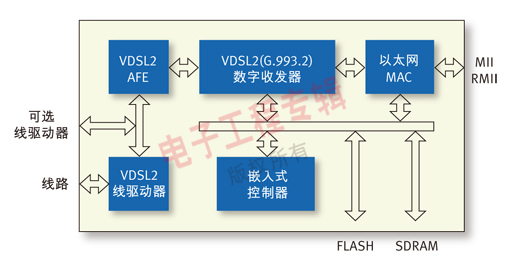
Figure 1. Block diagram of TRI-VSP200 CPE chip.
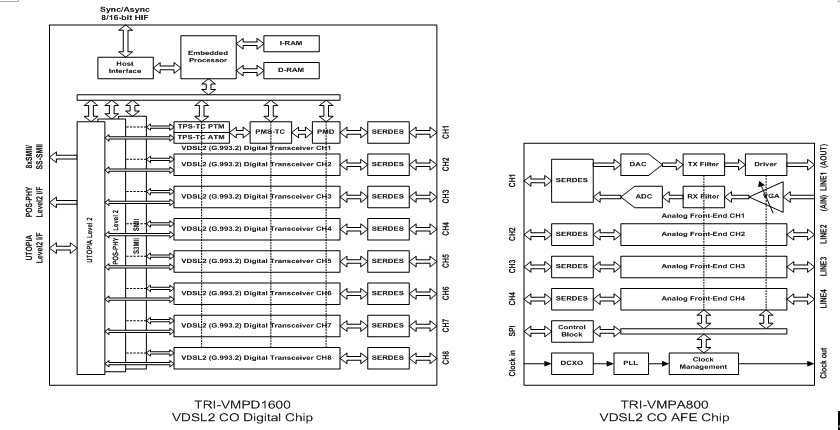
Fig. 2 Chuangda Technology VDSL2 CO chip block diagram
Triathlon series VDSL2 CO sets and CPE chips developed by Chuangda Technology adopt their own multi-function shared hardware accelerator architecture and hardware parallel smooth processing patent technology. At the same time, they support 8 spectrum configurations defined by the VDSL2 standard and support each 100M uplink and downlink line speeds per second, and supports dual delay channels. The hardware circuit closely matches the requirements of the VDSL2 physical layer PMD and PMS, and undertakes most of the data processing, reducing the burden on the CPU, reducing the main clock frequency of the chip, and achieving high integration and low power consumption.
Among them, the VDSL2 CPE single-chip TRI-VSP200 combines the data path of G.993.2 and the analog front-end (AFE), simplifying the system design of equipment manufacturers. TRI-VSP200 fully realizes the VDSL2 standards and functions, supports 8 transmission templates, and realizes interconnection with mainstream VDSL2 CO manufacturers such as Broadcom, Infineon, and Ikanos CO chips. The application software of TRI-VSP200 supports TR-069, DHCP, PPPoE, Telnet, Web Server and Web Client. TRI-VSP200 is mainly used in VDSL2 CPE equipment. It can work directly in VDSL2 Bridge Mode, or it can be combined with third-party home gateway solutions to form VDSL2 home gateway equipment.
The 8-port VDSL2 CO kit consists of an 8-port digital chip TRI-VMPD1600 and two 4-port analog front-end chip TRI-VMPA800. They can simultaneously support all 8 transmission templates of VDSL2 including 30a, and Mainstream VDSL2 CPE chips and ADSL2 and ADSL2 + chips achieve interconnection and backward compatibility.
The TRI-VMPD1600 physical layer implements the TPS-TC PTM and TPS-TC ATM operating modes, supports dual delay channels and programmable depth of interleaving and deinterleaving, and provides UTOPIA L2, POS-PHY L2 or S / S3MII network interface; its The CPU is equipped with built-in I-RAM and D-RAM, and no external memory is required at all; the system design can use the TRI-VMPD1600 synchronous / asynchronous mode 8 / 16-bit main control CPU interface to configure and control it, and an external serial port can also be selected FLASH realizes the work mode without the main control CPU.
TRI-VMPA800 high-performance 4-port VDSL2 emulates the 30MHz frequency range of the front and back-end chips, and supports all VDSL2 frequency bands and all ADSL frequency bands. High-precision digital-to-analog and analog-to-digital conversions are implemented at the sending and receiving ends of the chip, respectively, and the sending and receiving filters supporting all 8 transmission templates are integrated; the chip's built-in numerically controlled crystal oscillator supports multiple clock sources, and Can provide the clock of the whole set of CO chips, thus simplifying the system design; each VDSL2 port can be independently set to a low-power sleep mode.
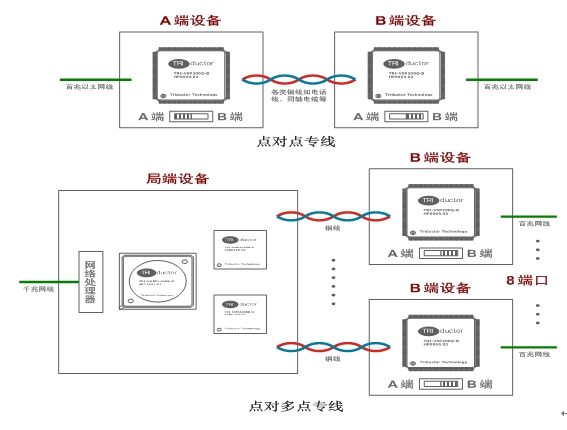
Figure 3 Triathlon series VDSL2 chip dedicated line application.
Both TRI-VMPD1600 and TRI-VMPA800 support JTAG (IEEE 1149.1) boundary scan and support industrial temperature range (-40? C ~ +85? C).
Triathlon series VDSL2 CO chips are mainly used in digital subscriber line access multiplexer (DSLAM), remote terminal (RT) and compound building multi-user access equipment (MDU).
Another application of Triathlon series VDSL2 chips is to solve the transmission of IP data on various copper wires. The single chip of TRI-VSP200 VDSL2 client can be applied to point-to-point dedicated line equipment. VDSL2 dedicated line equipment designed with TRI-VSP200 defines the products at both ends as "A-end equipment" (office-end equipment) and "B-end equipment" (customer-side equipment). The working mode of the equipment can be selected through only a switch, which simplifies The product type is easy to install and use.
We can also use VDSL2 MDU to centrally access and manage multiple B-end devices to achieve point-to-multipoint dedicated lines. The design of VDSL2 MDU can use Triathlon series VDSL2 central office chip solution, which can support 8-channel B-end equipment. 8xS3MII or POS-PHY plus Gigabit network port type network processing chip can be selected between the chip and the upstream Gigabit network port.
Summary of this article
There are many application scenarios for VDSL2 private lines, and the scope is very wide. With this technology, we can turn any copper wire resource into a 100M Ethernet line to carry various IP services, such as video (IPTV), telephone (VoIP), and data. (IP Data), providing video entertainment, voice calls, data transmission and other services. VDSL2 dedicated line can be widely used in mass media, railway and urban transportation, metallurgical mines, security monitoring, field communications and many other fields.
Although most of the existing copper wire resources are telephone lines that meet telecommunications specifications, there are still some copper wires that differ from the standard telephone line in wire diameter, twisting level, insulation layer, which will cause signals in certain VDSL2 transmission frequency bands The change in frequency response directly affects the transmission rate and may even cause the devices at both ends to fail to connect normally. Some lines will often move during use and are susceptible to interference from the external environment, such as telephone lines in mines, which will also affect the VDSL2 channel. Triathlon series VDSL2 chips have the functions of channel re-estimation, double delay, interleaving and de-interleaving, and can well cope with the actual situations that may be encountered in the practical application of these dedicated lines.
This brush is 2 In 1 Bed Or Sofa Brush. This brush is including fur brush and anti static brush,so it is called 2 in 1 brush. When your bedspread is a little dirty,you can clean it by this anti static brush. It also can clean the sofa easily. When the sofa is dirty with dust,you can use the fur brush to clean it. The fue brush will clean it very easily. The anti static brush also can be used to clean the sofa. In a word,it is a very useful brush with high cost-performance,hope you will like it. Now let's see the picture about it.
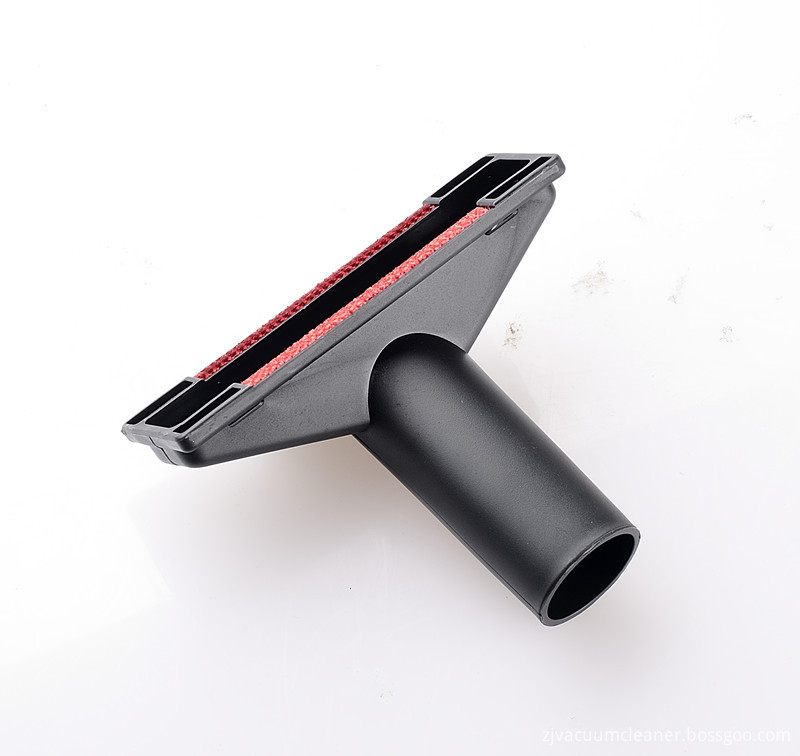
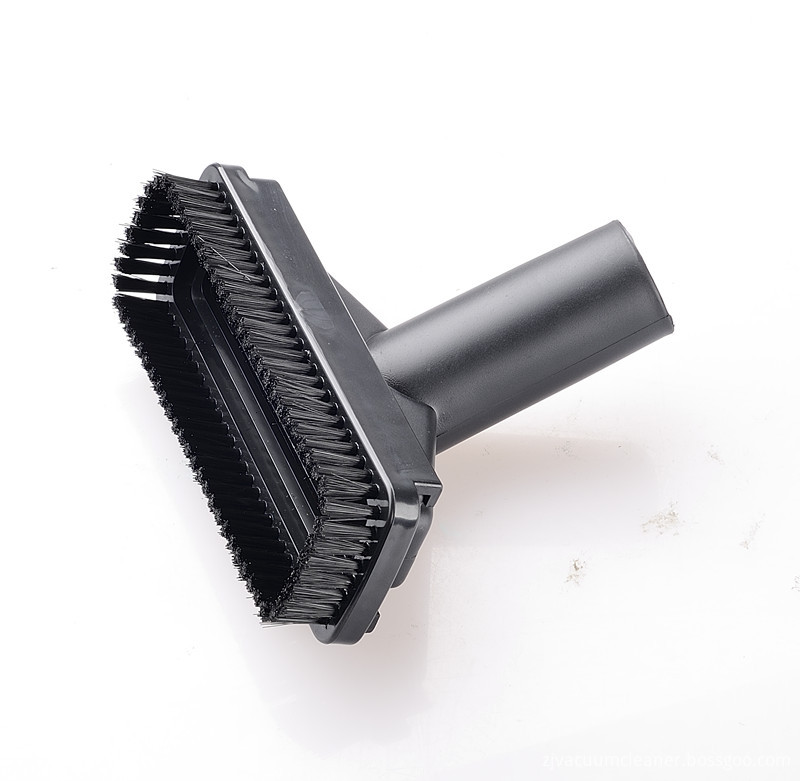

2 In 1 Bed Or Sofa Brush
Bed Brush, Detachable Brush, 2 In 1 Bed Brush, Bed Head Brush
Ningbo ChinaClean Household Appliances Manufacture Co., Ltd. , https://www.chinaclean-elec.com
